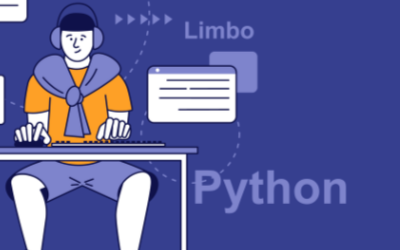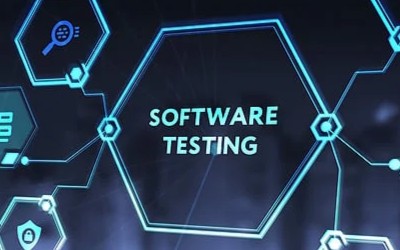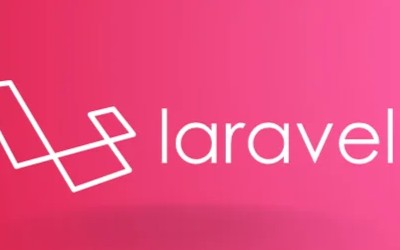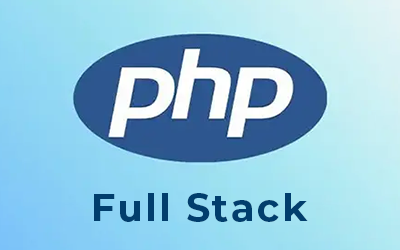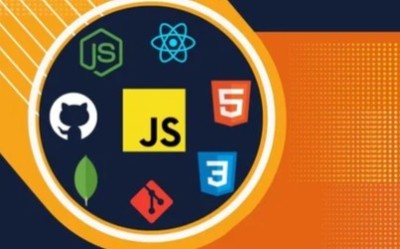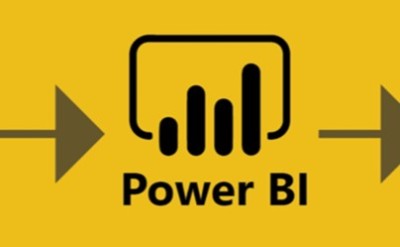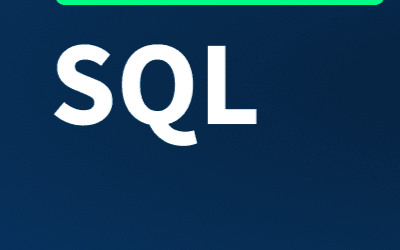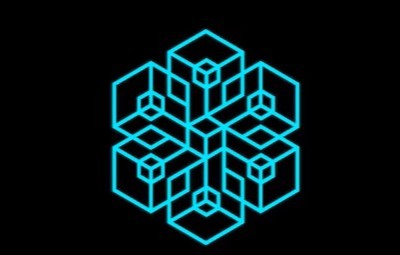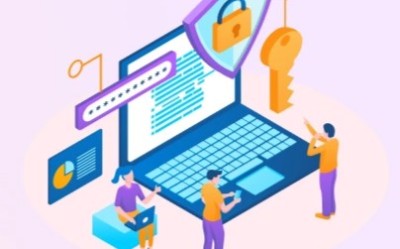Course description
Highlights:
- Introduction to Full Stack Development: Understand the concept of full stack development andtherole of Python in building both frontend and backend. - Frontend Development with HTML, CSS, and JavaScript: Learn the basics of web development withHTML, CSS, and JavaScript to build interactive, responsive user interfaces. - Backend Development with Python and Django/Flask: Master the use of Python web frameworks
like Django and Flask for building robust backends. - Database Integration: Learn how to interact with relational and NoSQL databases using PythonandSQL. - API Development: Understand how to create RESTful APIs to handle communication betweenthefrontend and backend. - Deployment and Version Control: Learn how to deploy your web applications to the cloud anduseversion control tools like Git.
Course Objective:
By the end of this course, you will be able to: - Build full-stack web applications using Python for both frontend and backend development. - Design responsive and interactive user interfaces with HTML, CSS, and JavaScript. - Develop robust backend systems using Django or Flask and integrate them with databases. - Create and manage APIs for communication between frontend and backend components. - Deploy web applications to live servers and manage them using cloud services and version control
systems.
Course Structure:
1. Introduction to Full Stack Development
- Overview of full stack development and the role of frontend and backend. - Understanding the client-server model and the HTTP request-response cycle. - Introduction to the tools and technologies used in Python full-stack development. - Setting up the development environment with Python, Git, and other essential tools. 2. Frontend Development with HTML, CSS, and JavaScript
- Understanding HTML structure and the basics of web page creation. - Styling web pages with CSS, including layout design, grids, and responsive design techniques. - Learning JavaScript fundamentals for client-side scripting and interactivity. - Introduction to DOM manipulation and JavaScript event handling. - Building interactive and dynamic user interfaces.
3. Backend Development with Python and Django/Flask
- Introduction to Python for web development. - Understanding web frameworks: Django vs. Flask – when to use which.
- Setting up a Django or Flask project and understanding the MVC/MVT architecture. - Creating views, templates, and handling HTTP requests. - Implementing form handling, validation, and authentication in Django/Flask.
4. Database Integration with SQL and NoSQL
- Introduction to relational databases (SQL) and how to interact with them using Python. - Understanding Django ORM for database models and migrations. - Introduction to NoSQL databases like MongoDB and integrating them with Flask. - Building CRUD (Create, Read, Update, Delete) functionality for database management. - Writing SQL queries for database interaction and optimization.
5. API Development with Django Rest Framework/Flask
- Introduction to RESTful APIs and their role in full-stack applications. - Using Django Rest Framework (DRF) to build robust APIs. - Building APIs in Flask using Flask-RESTful. - Implementing authentication and authorization in APIs. - Testing and documenting APIs using Postman or similar tools.
6. Frontend-Backend Integration
- Connecting the frontend to the backend via AJAX or Fetch API. - Managing state and handling API responses in the frontend using JavaScript. - Handling dynamic data updates in real-time on the frontend. - Securing your applications with proper error handling and validation.
7. Deployment and Cloud Hosting
- Introduction to cloud platforms like AWS, Heroku, or DigitalOcean. - Setting up a live server and deploying your Django/Flask application. - Configuring databases and environment variables for production. - Using Git for version control and collaborative development. - Continuous Integration/Continuous Deployment (CI/CD) best practices
8. Advanced Features and Optimization
- Implementing user authentication and authorization with Django/Flask. - Using middleware and caching for improving performance. - Optimizing database queries and application speed. - Introduction to Docker for containerization and managing deployments. - Implementing security features such as SSL, input validation, and CSRF protection.
Learning Methodology:
- Interactive Lessons: Learn through hands-on coding tutorials, step-by-step walkthroughs, andreal- world projects. - Practical Projects: Build a variety of projects including blogs, e-commerce sites, task managers, andAPIs to solidify your skills. - Assessments and Quizzes: Test your understanding of key concepts through quizzes and codingchallenges. - Live Sessions: Participate in live Q&A sessions and coding exercises for direct interaction withinstructors. - Discussion Forums: Collaborate with peers, ask questions, and share knowledge in community
forums.
Who Should Enroll:
- Beginners looking to get started in full-stack web development with Python.
- Aspiring web developers and programmers who want to work with Python in the development
stack. - Students or professionals aiming to gain proficiency in both frontend and backend development. - Developers transitioning to full-stack development or learning new technologies such as Djangoor
Flask. - Anyone interested in building dynamic, database-driven web applications with Python. This Python Full Stack Development course will provide you with the knowledge and hands-onexperience needed to become a full-stack developer. You will gain a strong understanding of bothfrontend and backend technologies, build real-world projects, and learn how to deploy your
applications to production, positioning you for a successful career in web development.

